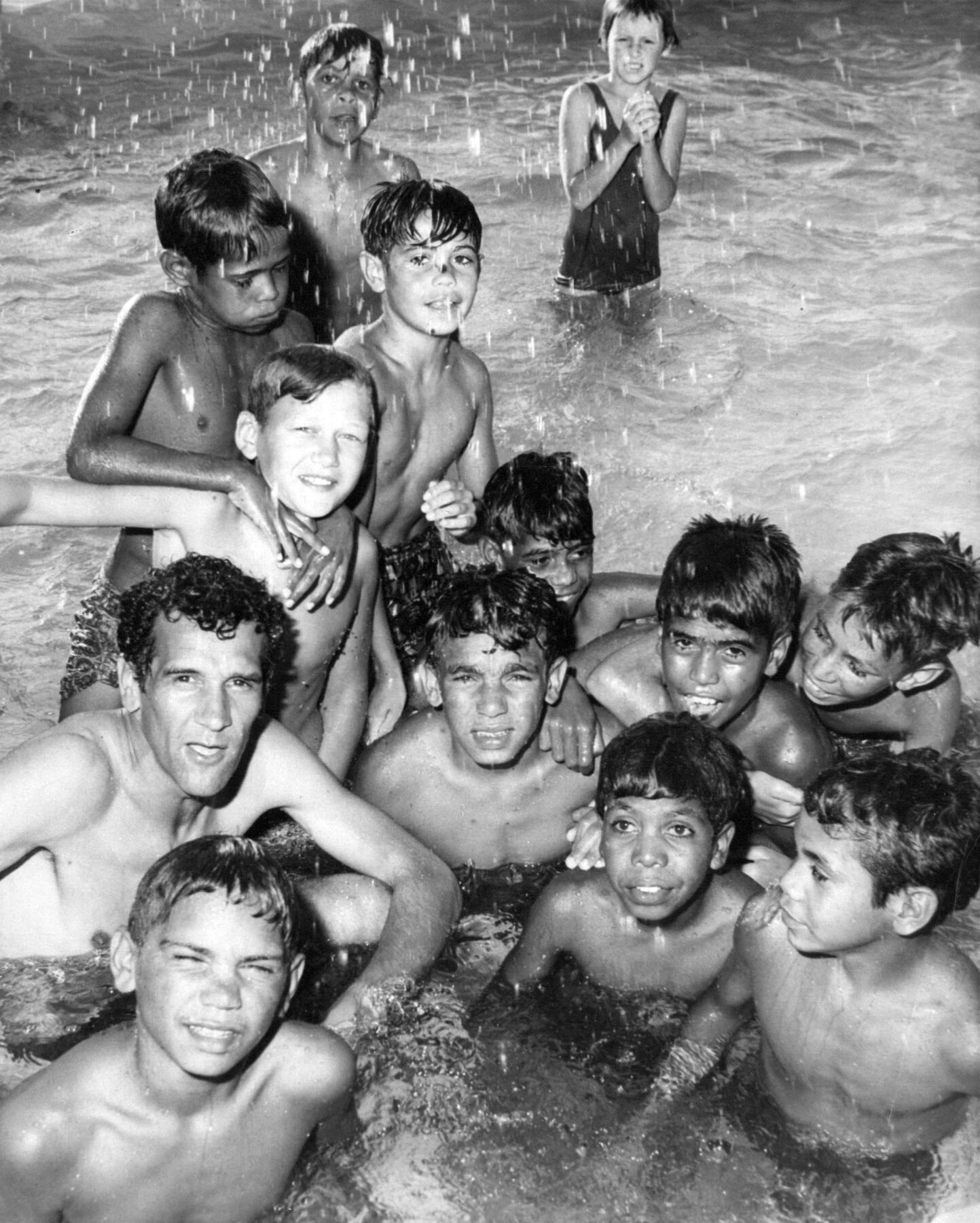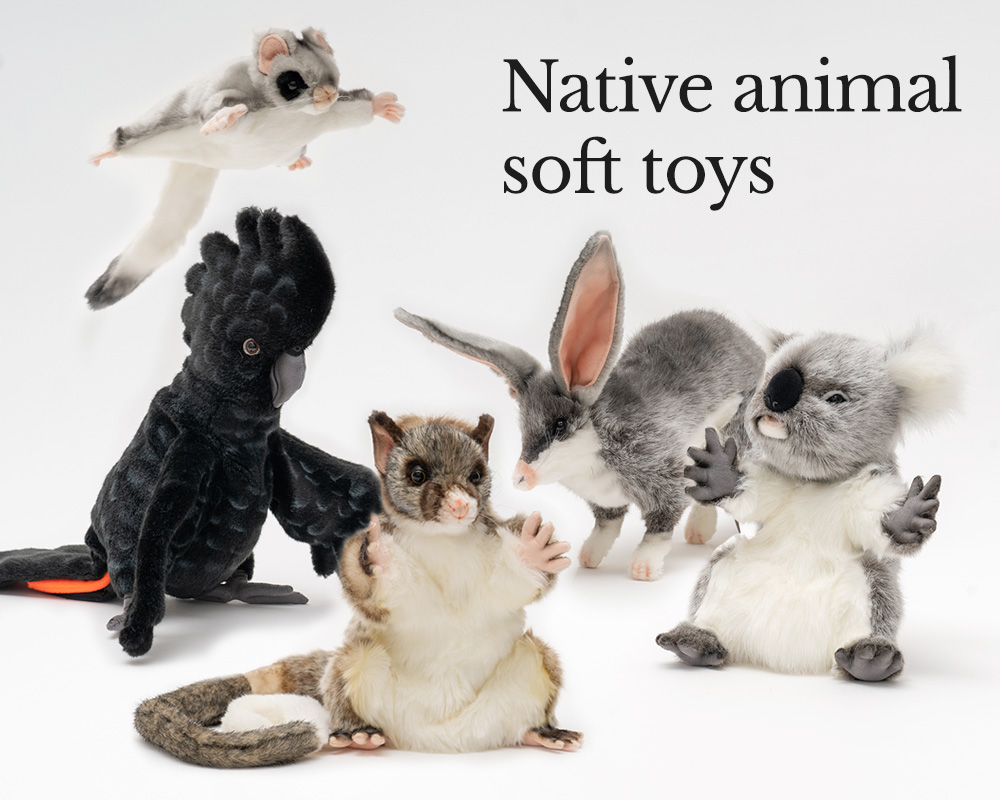Australia’s Freedom Ride 60 years on

Global attention became focussed on regional New South Wales during early 1965 when 30 University of Sydney (USYD) students – members of the group Student Action For Aborigines (SAFA) – set out on what was dubbed the Freedom Ride, through the towns of Walgett, Moree, Bowraville and Kempsey. This 15-day bus journey, inspired by the famed 1961 US civil rights Freedom Rides, aimed to highlight substandard living conditions for First Nations people and widespread racism in the state’s country towns.
Led by Arrernte man Charles “Charlie” Perkins, who was then one of only two Indigenous students enrolled at USYD, the ride’s actions enroute involved several highly publicised protests. These included the challenging of entry bans against Aboriginal ex-servicemen at Walgett’s Returned Services League Club and restrictions to Aboriginal children entering and swimming at public pools in Moree and Kempsey.

On 20 February 1965, Charlie and his fellow Freedom Riders attempted peacefully to enter the Moree swimming pool, where the local council had for 40 years been restricting access to Aboriginal people. After being denied entry, the activists set up in protest at the swimming pool’s gate.
Hundreds of local white Australians, including several community leaders, turned up in response, many of them pelting the protesters with eggs and tomatoes. After the event was broadcast nationally, the local council initially dropped its ban on Aboriginal swimmers but within days
had reneged on the decision and reinstalled it, sparking
another protest.
The Freedom Ride gave Charlie a national profile and set him on a path to becoming one of Australia’s most respected and influential activists for Indigenous rights, which ultimately saw him assigned “living treasure” status by the National Trust.
In 1966, he became the first Aboriginal man to graduate from an Australian university, after which he went on to pursue a prestigious career in the Australian public service. In 1984, he became the first Indigenous Australian to head the Federal Department of Aboriginal Affairs and, in the 1987 Australia Day Honours, he was made an Officer of the Order of Australia for services to Aboriginal welfare. He became
Dr Charles Perkins after being awarded an honorary doctorate of letters by the University of Western Sydney in 1998, after which he was also awarded an honorary doctorate of law by the University of Sydney.
Charlie had a kidney transplant during the 1970s and, at the time of his death from renal failure on 19 October 2000 at the age of 64, he was Australia’s longest post-transplant survivor. He was granted a state funeral, after which his body was returned for burial to his homeland near Alice Springs.





